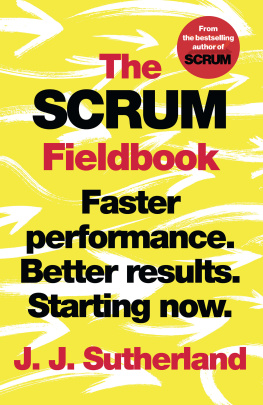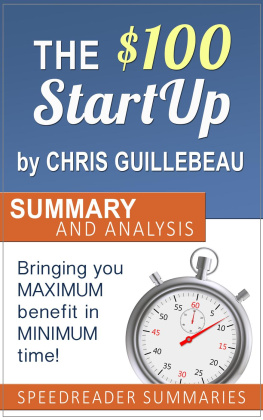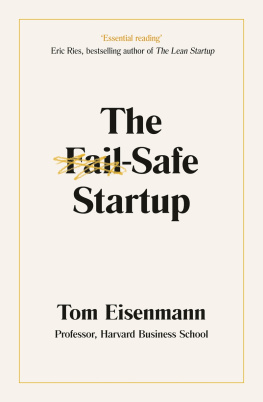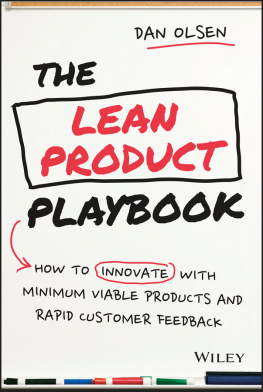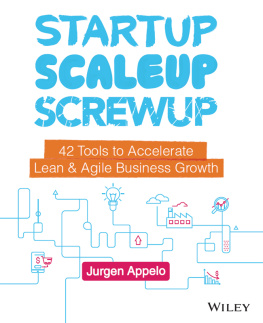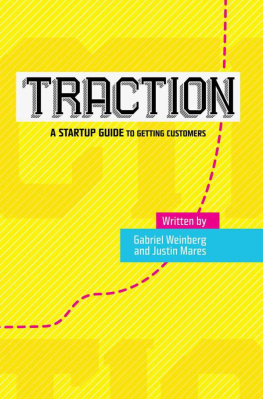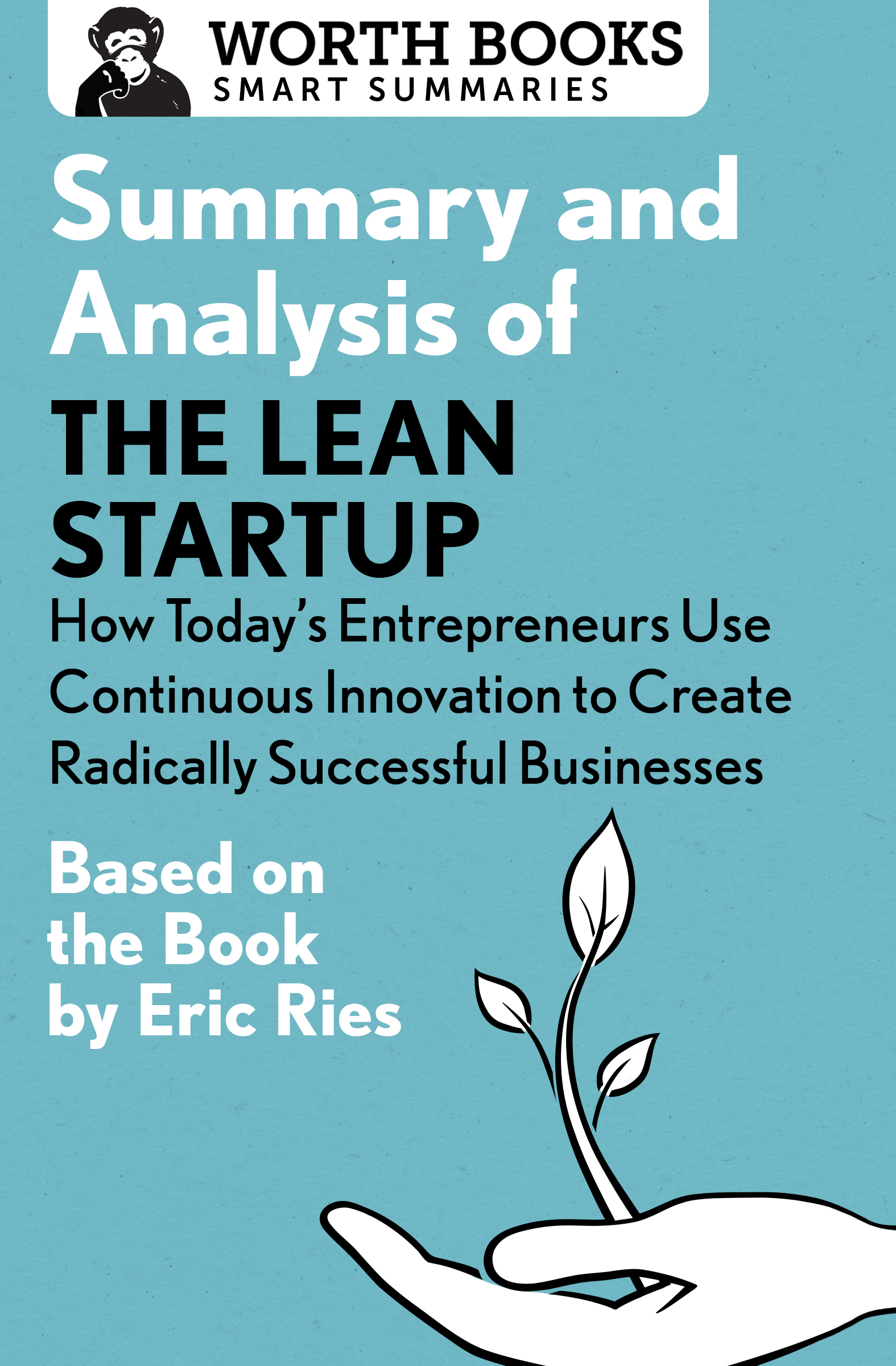Summary and Analysis of
The Lean Startup
How Todays Entrepreneurs Use Continuous Innovation to Create Radically Successful Businesses
Based on the Book by Eric Ries

Contents
Context
Lean manufacturing, a concept pioneered by Toyota and based on the process-flow ideology of Henry Ford, is a system in which each segment of a process adds value to the whole, and none of the parts cause waste. In other words, lean manufacturing seeks to eliminate waste while increasing value to the consumer.
The principles of lean manufacturing have been appropriated for use in various industries. Author Eric Ries, a veteran of numerous tech launches, applies the lean concept to startups. Ironically, it was through his experience of business failure that he developed the methodology put forth in his bestselling book, The Lean Startup: How Todays Entrepreneurs Use Continuous Innovation to Create Radically Successful Businesses.
Ries began a blog about his experiences called Startup Lessons Learned and spoke to conferences and companies interested in employing his methods. The Lean Startup concept eventually sparked a movement that led to the development of the book. Published in 2011, The Lean Startup was an enormous success, and the notions Ries put forth have been widely discussed and adopted in the years since. Lean Startup Company, which Ries cofounded, has held a yearly Lean Startup Week since 2010 to assist entrepreneurs with implementing lean thinking into their businesses.
Overview
The Lean Startup is a book about efficiency. Entrepreneurs are not in a race with other companies or even themselves. According to Eric Ries, their biggest rival is time. Since theres no way to create more time, the question becomes how to save as much of it as possible. Ries urges startups to employ a more scientific approach, continually testing and tweaking their process as they go. He encourages entrepreneurs to give up on ideas that cant be supported by data. By abandoning a project thats doomed, you dont waste time going down a path that you should already know is a dead end.
Ries discusses his own startup experiences in Silicon Valley, both the failures and the successes. These experiences were the foundation of what became his Lean Startup method. He details the lean manufacturing movement pioneered by Toyota, and uses examples from many well-known digital brands such as Facebook, Dropbox, and PayPal. In addition, he looks at the seemingly minor evolutions of products that illuminate the larger ideas of lean thinking.
Summary
Introduction
Ries describes the Lean Startup method and how he developed it. There are five basic ideas behind this approach:
- Anyone, anywhere, can be an entrepreneur. Contrary to the popular definition, Ries defines a startup as any group attempting to make a new product or service in an unpredictable environment. Thus, anyone running such an enterprise is an entrepreneur.
- The management of the startup is as important as the product itself. The concepts of entrepreneurship and management cannot be separated.
- Since startups are inherently untested, being new products or ideas, they require a continual state of learning in order to be successful. Ries uses the term validated learning to describe this cycle of testing.
- There is a standard process that startups should follow: Build-Measure-Learn. Ries believes companies should first make a product, see how consumers react to it, and then take action in response. This cycle continues throughout the building of the business.
- No matter how exciting and fresh its product is, a startup needs to do the dull work of quantifying progress.
Part One: VISION
1. Start
There are more entrepreneurial opportunities today than at any other time in human history. But because we use antiquated management techniques, startups are not getting the most out of our human resources and, worse, they are achieving failurea phrase Ries uses to describe the perfect execution of a plan to build something that it turns out nobody wants or needs. Rather than make something and wait to see if it attracts customers, businesses should use scientific methods to determine what customers want before they spend a lot of time and money creating a perfect product.
2. Define
Any type of entrepreneur in almost any industry can use the Lean Startup philosophy to increase the likelihood of launching a successful startup. What makes a startup different from other businesses isnt that the business is related to technology, necessarily. Its that the new service or product is framed by extreme uncertaintythat is, there is no known business model and no known market for the product. Ries uses the example of Intuits SnapTax to illustrate that a startup can even exist within an established business. Customers who were using Intuits TurboTax began asking if there was a way to complete their taxes entirely on their phones. Seizing this opportunity, Intuit was able to develop such a product while still maintaining its core business with TurboTax.
3. Learn
A startup must measure progress, but knowing the right way to measure progress is critical. If a business is failing, entrepreneurs will often spin it as a learning experience. While doubtlessly true, that doesnt change the fact that the exercise is a waste of time and money. Its not surprising, therefore, that learning has something of a bad reputation in business. In spite of this, it is a vital piece of the startup process.
Ries reconceives learning to make the process an actual, quantifiable part of product development. He calls this validated learning, meaning that each experiment leads to an improvement in the process or an improvement to the product (and therefore validates the time and money spent on learning). It helps a startup understand how close its vision is to what customers wantwhich may be very different from what the creators originally imagined. According to Ries, validated learning requires a scientific approach to measure results and test hypotheses.
4. Experiment
Learning is impossible if there isnt a way to fail without catastrophic consequences. To determine which parts of a startups strategy are good and which are bad, it is more efficient to run a series of experiments than to waste resources on surveys and market research. Ries cites examples of this approach from Zappos and Kodak, as well as within government and volunteer programs. He posits that data from small-batch experiments that target early adopters is the best way to learn about which aspects of a product or process work, and which do not. People using an actual product are able to offer more valuable feedback than people being asked questions about a hypothetical product. Additionally, the product itself has already been built and tested in this process, so its ready for tweaking.
Part Two: STEER
This section examines the best way to move through the Build-Measure-Learn feedback loop as quickly as possible.
Essentially, a startup begins with an idea for a product, then builds that product. Once constructed, the product undergoes the testing discussed in previous chapters, which provides data that allows the startup to learn. The learning, as weve seen, leads to ideas about how to improve or change the product. At this point, the entire loop begins again. For efficiencys sake, the startup must cycle through this loop as fast as it can.
5. Leap
The author uses the early days of Facebook to illustrate two invaluable ideas behind any successful startup: the value hypothesis and the growth hypothesis. To attract investors, a startup must be able to offer not only value (a product that customers want), but also the prospect of continued growth (a product that will continue to add value going forward). If a startup can offer an answer to these two hypotheses, that startup can then take a leap of faith to begin work.








